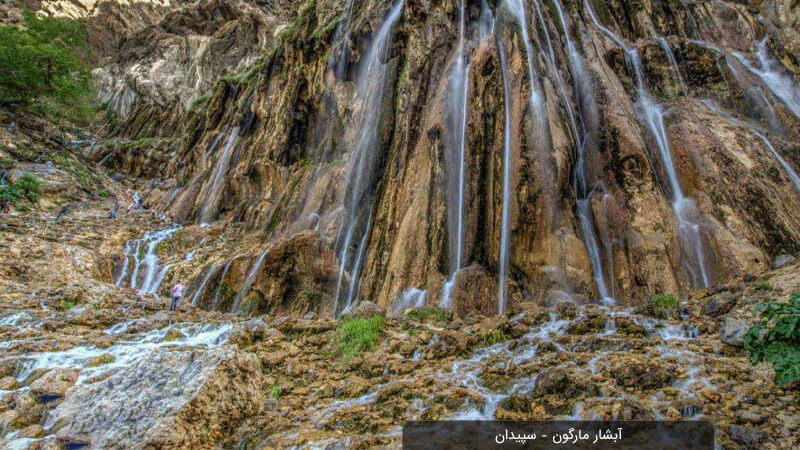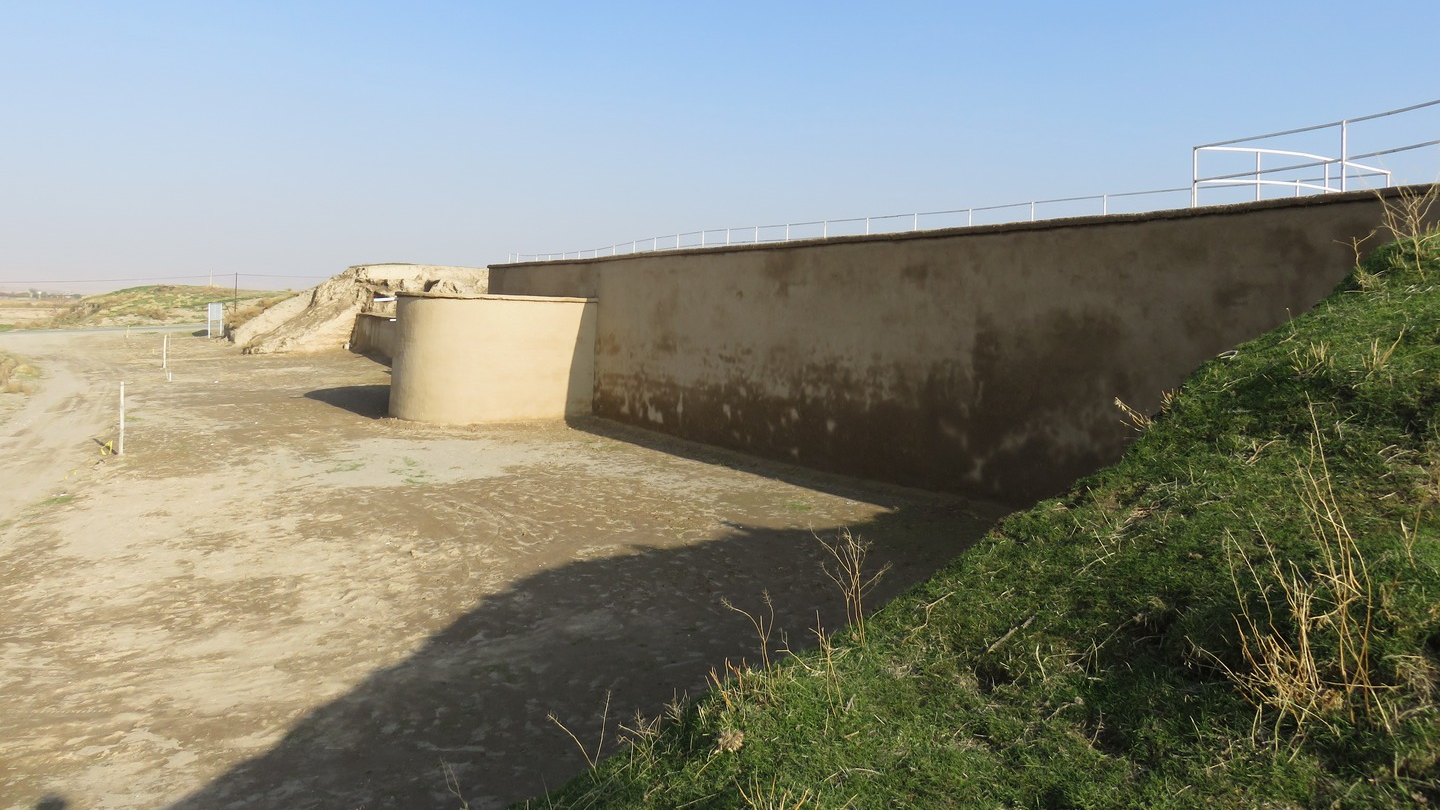
Imamzadeh Ebrahim of Tabriz: A Small Space Brimming with Spirituality
Shrines of Imamzadehs in Iran and Imamzadeh Ebrahim in Tabriz
Shrines of Imamzadehs have long held an important place in cities across Iran. These sacred sites are revered by the people, and their tombs are considered holy. Throughout the year, they serve as venues for religious ceremonies and community gatherings. The spiritual significance of these places has historically motivated the construction of dedicated shrines and their careful preservation by local communities. As a result, many of these structures have retained much of their original architecture and are regarded as important historical monuments.
In Tabriz, one of Iran’s major historic cities, numerous Imamzadehs are buried, and their tombs have become places of pilgrimage for the local population. Imamzadeh Ebrahim, despite its modest size, stands out for its exceptional beauty and profound spiritual atmosphere. This shrine is located in the central part of Tabriz, on Shams Tabrizi Street (formerly known as Shotorban Street).
History and Features of Imamzadeh Ebrahim
Although this Imamzadeh is highly revered by the people of Tabriz, there are differing opinions regarding his lineage. Some experts believe that Imamzadeh Ebrahim was a descendant of Imam Kazim, the seventh Shia Imam, while others consider him to be a descendant of Imam Zain al-Abidin, the fourth Shia Imam.
The shrine of this revered Imamzadeh is located in an area known for its lush greenery, famously called “Seyyed Ebrahim Park.” What enhances the beauty and spiritual aura of the shrine is its simplicity. Unlike many other Imamzadeh shrines in Iran, this mausoleum features a modest dome and sanctuary without extensive decorations or mirror work. The wooden zarih (shrine grille) is designed in the utmost simplicity. The shrine does not have a large courtyard; instead, a small yard with a few iwans and a central pool forms the exterior space. The main structure has a primary dome, with a four-iwan dome situated to its north. The interior dome is adorned with Islamic architectural motifs, adding a subtle elegance to the space. The shrine also serves as the burial site of several prominent scholars of Tabriz.
The building has two entrances, each decorated with a small niche, emphasizing understated beauty and harmony.
In the southern part of the shrine, there was a stone known as the “Bismillah Stone.” For better preservation, it was transferred to the Azerbaijan Museum, one of Iran’s most important museums, located next to the Blue Mosque of Tabriz. The museum houses valuable historical and artistic works of Islamic art. The Bismillah Stone is displayed at the end of the ground-floor hall.
This stone was created by Mohammad Ali Quchani, famously known as “Mirza Sanglakh.” He was a poet and calligrapher of the Zand and early Qajar periods, born in 1771 (1185 AH) and lived for about 110 years. Mirza Sanglakh was renowned for his mastery in calligraphy and also authored several works on the subject. Originally from Khorasan, he traveled extensively and spent more than 25 years in Egypt and the Ottoman Empire. He created the Bismillah Stone in 1854 (1270 AH) in Cairo. Mirza Sanglakh passed away in Tabriz, where he was also buried.
There is no detailed information available regarding the restoration of the shrine; however, according to one historical source, a person named Fazlali Khan Sartip carried out restoration work in 1884 (1302 AH). Many years later, in the 1970s (1350 SH), additional restoration was undertaken on the structure.
National Registration of Imamzadeh Ebrahim Shrine
This shrine was registered in the National Heritage List of Iran in 2006 (1385 SH).
| Name | Imamzadeh Ebrahim of Tabriz: A Small Space Brimming with Spirituality |
| Country | Iran |
| State | East Azerbaijan |
| City | Tabriz |
| Type | Historical |
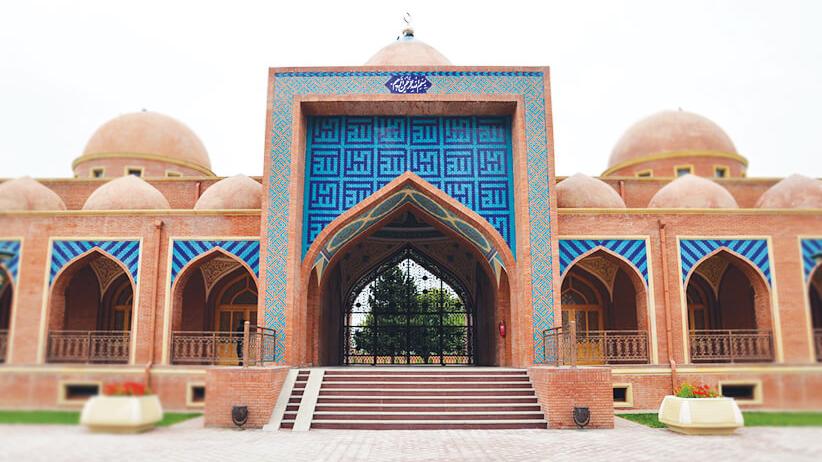





Choose blindless
Red blindless Green blindless Blue blindless Red hard to see Green hard to see Blue hard to see Monochrome Special MonochromeFont size change:
Change word spacing:
Change line height:
Change mouse type:

.jpeg)
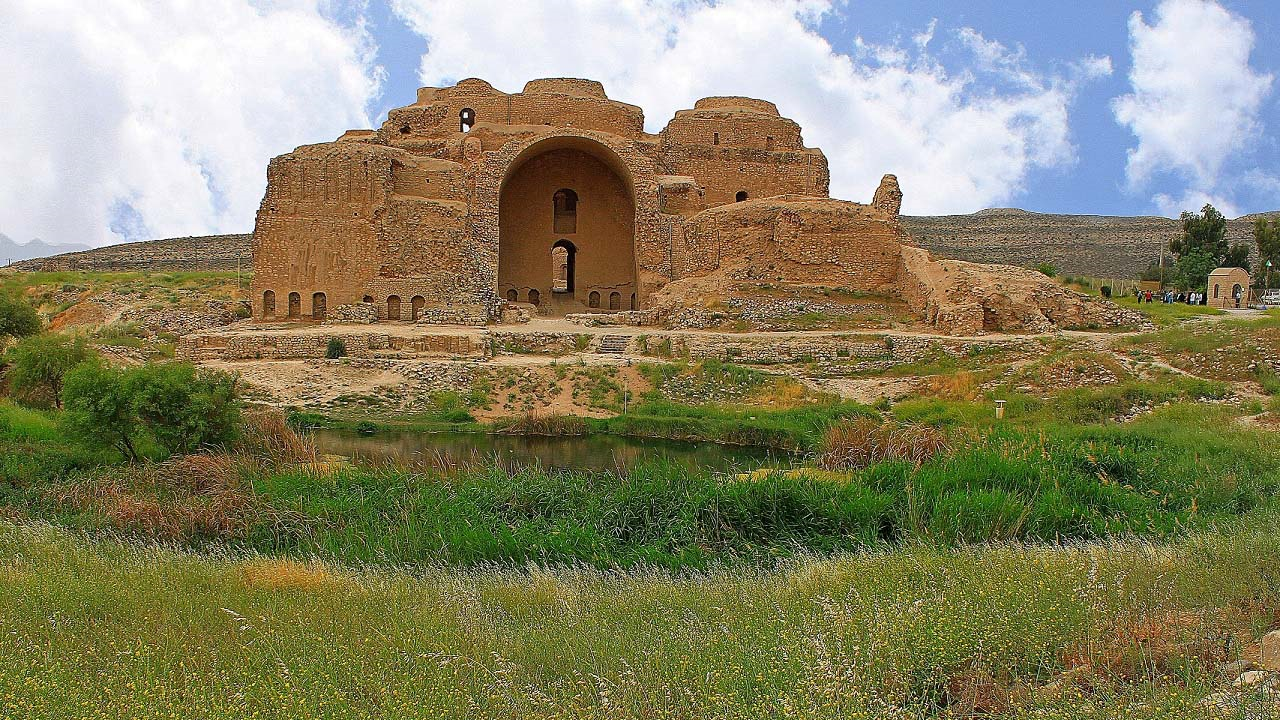

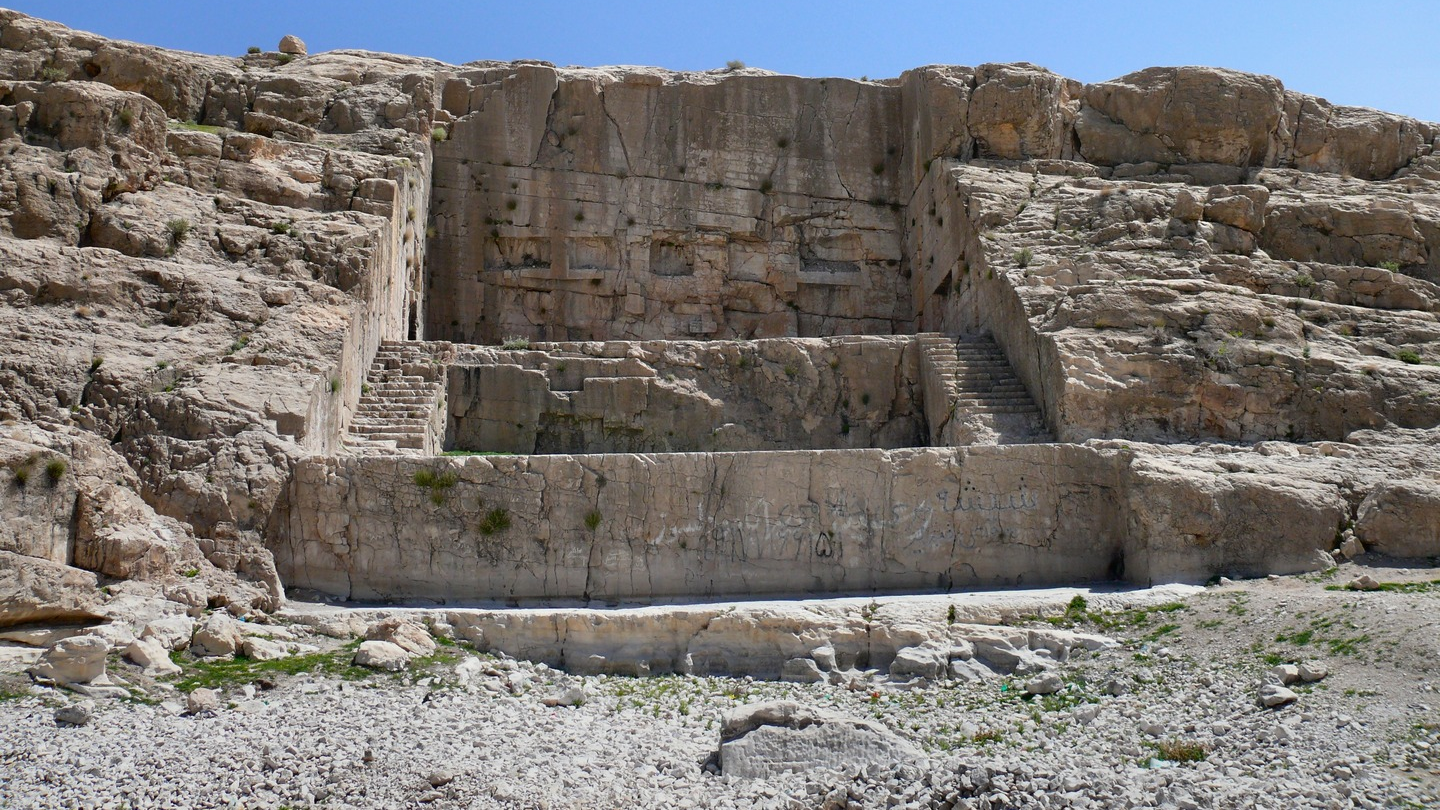

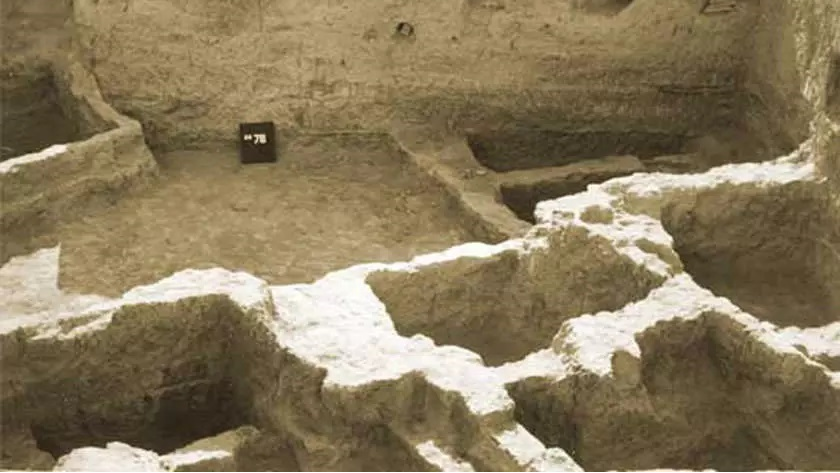

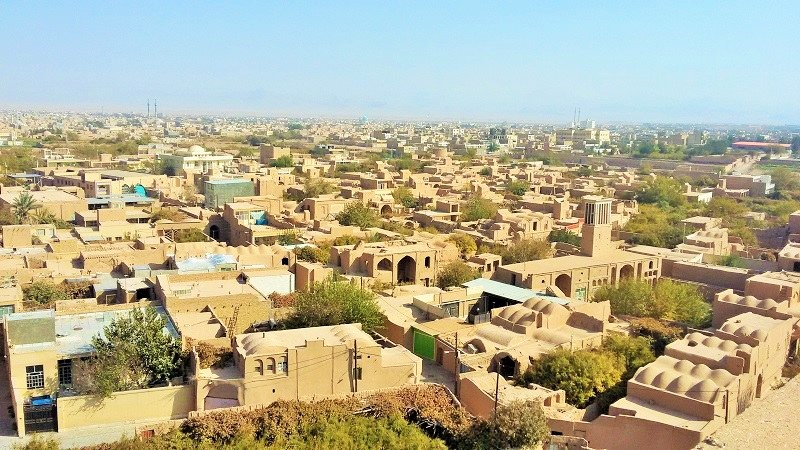

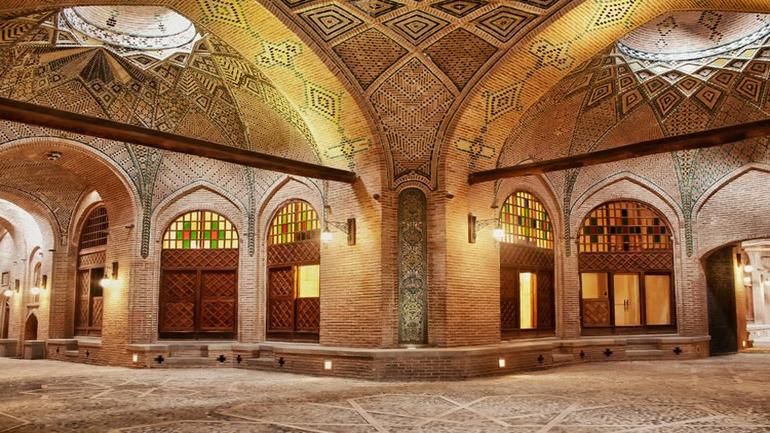
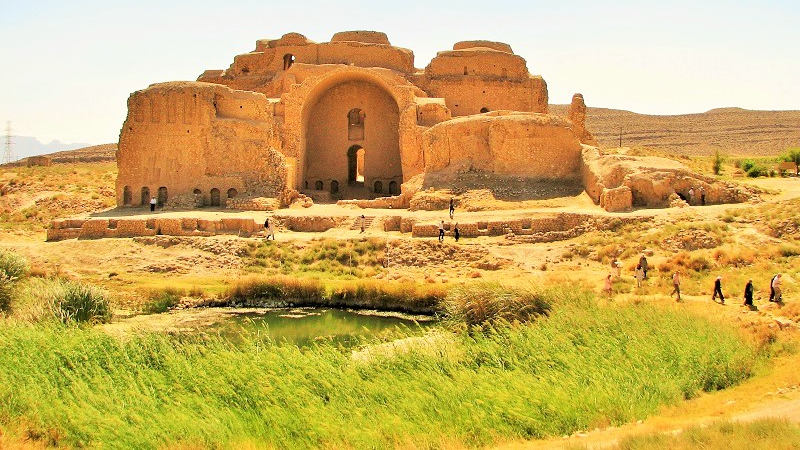
.jpg)
